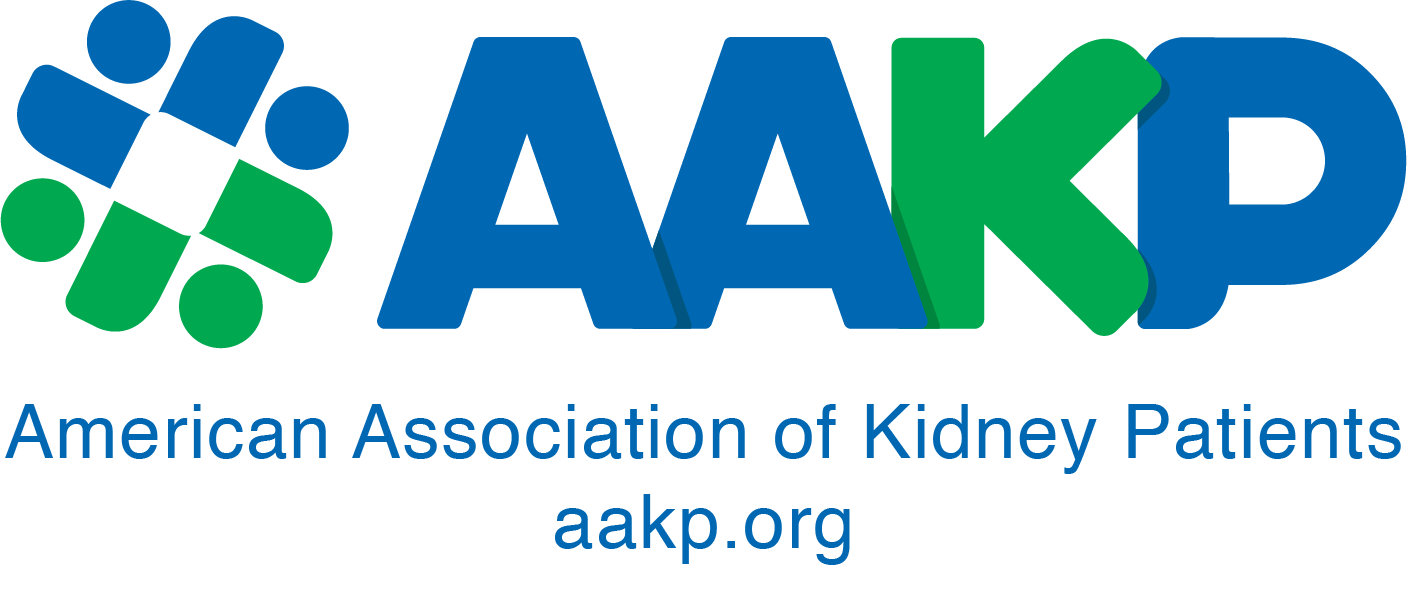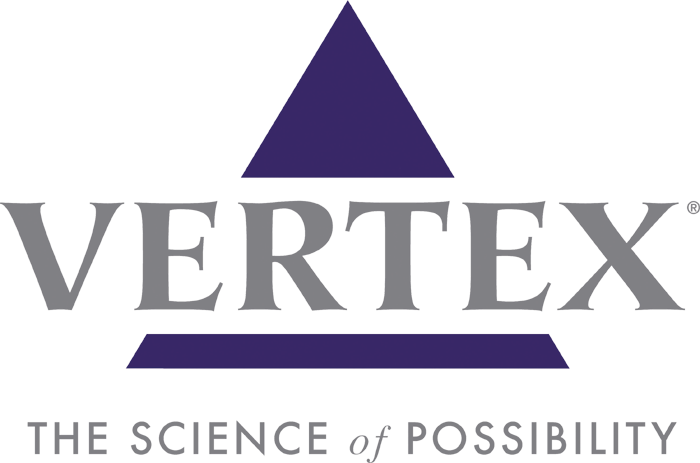By Victoria Newman Green, MS, RD, CCTD, Transplant Dietitian at UCHealth
It is almost that time of year to celebrate the holidays! Thanksgiving, Hanukkah, Kwanzaa, Christmas, and New Years are approaching quickly. These are the times when we enjoy delicious foods and are able to be with the people we love. However, this may be a very overwhelming time of year as it can be difficult to navigate when on a diet, specifically a kidney-friendly diet. Many typical holiday foods can be higher in potassium, salt, protein, and phosphorus. Holiday meals can also contain more than your allotted amount of sodium for the day! We all want to make healthier choices on these days, but still be able to enjoy the seasonal foods that we have come to love.

Here is a road map to make healthier choices during this upcoming holiday season:
* Plan to bring a kidney-friendly dish you enjoy to your family gathering.
* Aim to fill your plate with low potassium veggies of your choice (see options below).
* Talk with your dietitian prior to the holidays about taking an extra phosphorus binder for large or protein-heavy meals if you are on dialysis.
* Plan to have a smaller meal ahead of time if you are unsure of the menu. This will help make it easier to watch your portions on that specific day to avoid overeating.
* If you are going out to eat, check the restaurant’s menu beforehand to determine kidney-friendly options that are appropriate for you and your stage of kidney disease.
* To help control sodium content, prepare meals from scratch. This will reduce overall sodium content by about 50 percent.
* Purchase fresh or frozen ingredients instead of packaged or canned goods. Packaged and canned goods tend to be high in sodium and contain hidden phosphorus and potassium in the form of additives. Quick tip: always check the food nutrition facts label.
* Season your proteins with fresh herbs and spices. Avoid using the saltshaker and even salt substitutes, as those items can contain extra potassium!
Below are some specific food suggestions to enjoy for each part of your holiday meal.
* Bulk up on veggies, aiming to fill half of your plate. If you need to limit the potassium in your diet, the vegetables to consume are carrots, green beans, corn, cauliflower, cabbage, peppers, lettuce, zucchini, and summer squash. Keep in mind candied sweet potatoes, and mashed potatoes are higher potassium foods. Aim for a ½ cup serving and increase your intake of the above veggies as needed.
* You can enjoy turkey, but choose the white meat without the skin and aim for a three-ounce serving. Skip the brine, which is a solution of salt and water used to marinate meats/poultry, and season with fresh herbs and spices that are salt-free. Consider using lemon and lime to zest up foods as well. The amount of protein you should consume will depend on your stage of kidney disease; a good rule of thumb is aiming for protein that is the size of a deck of cards or the palm of your hand. Remember ham, sausage, and bacon are higher sodium foods to limit. Be sure to talk to your kidney dietitian to find out what’s best for you.
* To help reduce overall sodium content, prepare gravy from scratch using pan drippings and thicken with flour or cornstarch. The goal is to avoid packaged gravy as these items are higher in sodium. Typically, homemade gravy is lower in potassium and phosphorus.
* We all must have a dessert over the holidays! Kidney-friendly options include apple pie, cranberry pie, peach cobbler, angel food cake, and carrot cake. Be careful with the cream, pumpkin, and pecan
pies as these are high in potassium and phosphorus. If you don’t want pie, you can enjoy a sugar cookie, rice crispy treat, or shortbread instead.
* Beverages you can ENJOY: cranberry cocktail, sparkling water, coffee, hot tea, apple cider/sparkling cider, and diet/zero lemon lime soda. As always, make sure you are staying hydrated with water as well. If you have fluid restrictions, remember that this includes anything that is liquid at room temperature.
* Cranberry sauce is a go-to favorite and can be included to add sweetness to your meal.
* For appetizers, choose brie or cream cheese for the base of dips instead of processed cheeses that are higher in sodium. Try some lower potassium fruits such as apples, grapes, and berries. You can also snack on unsalted popcorn or deviled eggs.
* Want to enjoy some holiday candy?Lollipops, lemonhead, candy corn, gummy bears, peppermint patties, starbursts, or skittles are some great options to choose from.
As always, family and friend support is critical. Discuss your nutrition needs with the people closest to you and plan your holiday meal ahead of time. This will reduce stress and allow you to enjoy your meal, family, and friends without worrying about the menu.
Victoria Newman Green is a Registered Dietitian at the University of Colorado Hospital. She has been practicing as a dietitian for nine years. She currently works in transplant and also follows patients in a chronic kidney disease clinic. She completed her Dietetic Internship at West Virginia University Hospitals in 2013 and then obtained her Master’s degree from the University of Alabama in 2017. She previously worked in Dallas, TX, at Parkland Hospital working in the inpatient and outpatient settings. She is an active member of the Academy of Nutrition and Dietetics and the National Kidney Foundation.
























